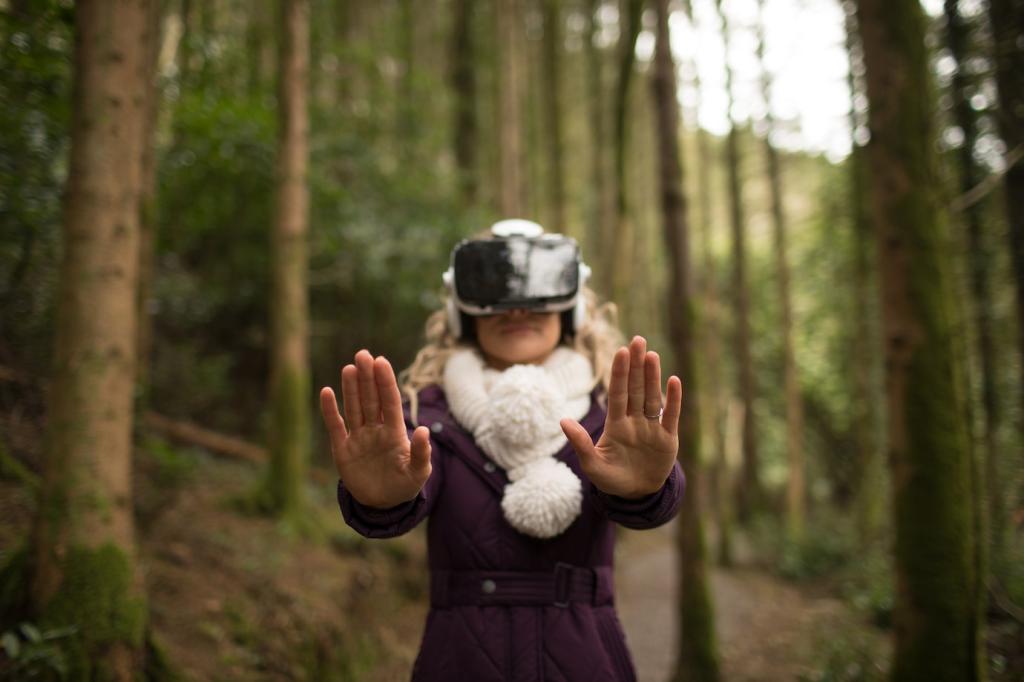
Biophilic Design Principles for Modern Workspaces
Biophilic design is transforming modern workspaces by reconnecting employees with nature through intentional, evidence-based design strategies. The principle embraces natural elements and processes to enhance well-being, productivity, and creativity in the workplace. By thoughtfully integrating biophilic design, companies can create environments that not only support the physical and psychological health of their teams but also foster innovation and engagement. This approach moves beyond simple decoration, embedding nature into the essence of design to cultivate inspiring, restorative workplaces that benefit businesses and their people alike.
Integrating Natural Elements into the Built Environment

Introducing living greenery to workspaces is a foundational biophilic strategy, bringing the vitality of nature into daily routines. From potted plants to living walls, greenery helps purify indoor air, dampen noise, and improve humidity levels. Employees surrounded by plants report higher satisfaction, reduced stress, and greater attention spans. The visual presence of green life creates a welcoming atmosphere, subtly reminding people of natural cycles and growth. Importantly, the careful selection and placement of plants are crucial so that maintenance is feasible, air quality is genuinely improved, and different parts of the office provide unique, ever-changing scenery, helping to keep minds engaged and moods uplifted.
Enhancing Spatial Organization Inspired by Nature
01
Balancing openness (prospect) and enclosure (refuge) is a central tenet of biophilic spatial design. Areas of prospect provide broad, unobstructed views, fostering inspiration and a sense of opportunity. Conversely, zones of refuge offer sheltered, intimate areas where workers can focus or decompress free from distractions. Creating these distinct environments within a workspace respects the varied needs for privacy and collaboration, accommodating different work styles and preferences. This nuanced zoning reduces stress, encourages creativity, and supports both individual and group functions. The thoughtful interplay of prospect and refuge ultimately makes the office a more inviting and flexible habitat.
02
Natural landscapes guide movement through curved, organic pathways that invite exploration and discovery. Modern office design can mimic this by integrating meandering walkways, varied ceiling heights, and strategically placed focal points. These elements foster a sense of journey through the space, breaking down monotony and encouraging gentle activity. Flexible pathways stimulate curiosity, prompt spontaneous social encounters, and provide moments for mental reset as people transition between zones. By honoring the patterns of movement found in nature, workplaces become more intuitive, energizing environments that invite both movement and mindful pauses.
03
Biophilic workspaces prioritize strong visual links to outdoor environments, even within dense urban sites. Windows, skylights, and glazed doors provide sightlines to courtyards, trees, or city parks, maintaining awareness of weather, time, and season. Where direct outdoor access is limited, designers leverage abundant daylight and frame appealing vistas to create the impression of proximity to nature. This ongoing connection supports attention restoration and emotional well-being, as humans are innately soothed by views of clouds, foliage, and open horizons. The dynamic interplay between interior and exterior scenes grounds employees in place, making nature an ever-present collaborator during the workday.
Previous
Next
Promoting Sensory Richness and Multi-Sensory Engagement
Acoustic comfort is essential for well-being and concentration. Biophilic workspaces thoughtfully integrate natural sounds—such as gentle water features, leaves rustling, or birdsong—to mask distracting noises and foster tranquility. Applying acoustic materials that absorb and diffuse sound can recreate the gentle hush of a forest, supporting focus and easing stress. Designers also use spatial zoning to manage soundscapes, ensuring that lively areas do not intrude upon quiet zones. The result is a workplace that energizes without overwhelming the senses, balancing the lively hum of collaboration with the calming rhythms of nature.
